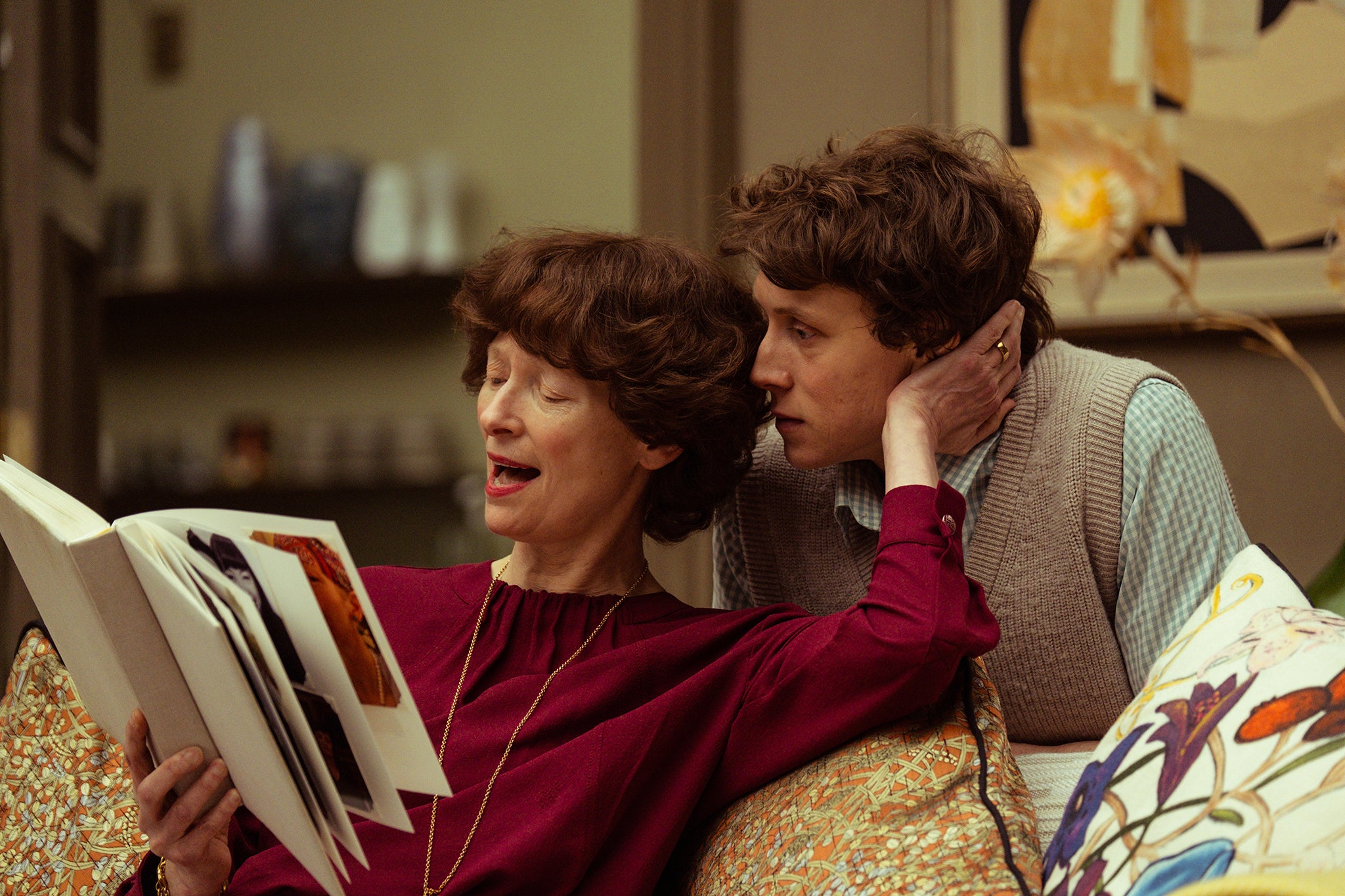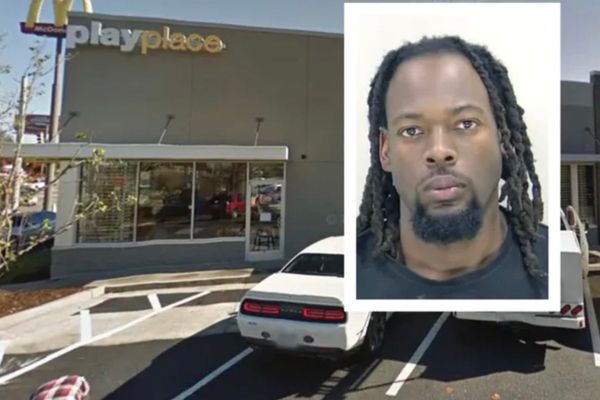It has been showered with meteors and blitzed by the Bomb, eaten by fauna and throttled by flora. It has faced acts of God and alien invaders and sentient manmade parasites that escaped from a lab. Director Roland Emmerich’s disaster movie 2012 (2009) upended the globe with a massive solar flare. Richard Kelly’s arthouse oddity Southland Tales (2006) opted for the inadvertent catalyst of two strangers shaking hands. Forget Janet Leigh in the shower or Drew Barrymore on the phone: it’s the planet itself that is cinema’s greatest scream queen, wheeled out regularly to be tortured and murdered in interesting ways. There’s only one thing Hollywood likes better than a happy ending, it seems, and that’s an unhappy ending for absolutely everybody concerned.
The world dies yet again in The End, a lavish, drunken curtain-call of a musical in which Tilda Swinton plays mother to humanity’s last holdouts. The scene is a salt mine half a mile underground that has been lovingly made over as a well-appointed family home. There are Monet paintings on the wall and a deferential dancing butler who dispenses fine wine every night. But the planet has burned, which means that everyone upstairs is now dead. Of course, climate change is to blame, the people in the bunker concede. But they’re still quibbling over the science and blithely absolve themselves of all guilt. They refill their glasses and beam at one another across the dining room table as the doomsday clock ticks well past midnight. In most movie musicals, the songs are perky and optimistic; gateways to the future. Here they’re desperate pick-me-ups and nostalgic bawlers, hopelessly nodding at the rear-view mirror.
Indirectly – probably unintentionally – The End nods to the past as well. The movie is written and directed by Joshua Oppenheimer, surely the ideal name for a director embarking on a film about man’s capacity to destroy the planet. And just as the film’s characters drag their back-stories into the underground bunker, so too do the main actors who play them. Swinton’s Mother, for instance, might be seen as the timid, fragrant flipside of the clownish controller the actor portrayed in Bong Joon-ho’s dystopian thriller Snowpiercer (2013). George MacKay, who co-stars as the tragic, innocent Son, filled a similar role in Kevin Macdonald’s underrated English fallout drama How I Live Now (2013). Michael Shannon’s bullish turn as Father stirs obvious memories of his lights-out performance as raging Curtis LaForche, the Midwestern prophet of doom from Jeff Nichols’s Take Shelter (2011). Maybe it’s the fate of every new apocalypse-themed movie to carry the ghosts of the ones that went before.
All of which is to say that there is a lovely inbuilt irony to every apocalypse film. In depicting the collapse of fragile planet Earth, they constitute what is arguably the most robust and durable film genre of them all. DW Griffith had no sooner established the template for narrative cinema with The Birth of a Nation (1915) when the Danish director August Blom was making The End of the World (1916), a prototype disaster movie that effectively wrote the script for all the copycats that followed. The end, in other words, was right there at the start.
The evidence suggests that our planet gets the apocalypse films it deserves – or at least the films that address its inhabitants’ most pressing concerns. Blom’s silent film was prompted by public panic surrounding Halley’s Comet, which had blazed over Denmark just a few years previously. The genre classics of the Cold War era – On the Beach (1959), Dr Strangelove (1964), Planet of the Apes (1968) – were preoccupied with the atom bomb; the films of the Seventies and Eighties with overpopulation, pollution and the hazards of runaway technology. During the first Covid lockdown of April 2020, viewers had to click back through the archive in search of pandemic-appropriate entertainment. The cinemas were shuttered and film production was mothballed. But Outbreak (1995) and Contagion (2011) became the season’s big streaming blockbusters.
Naturally, each worry – each crisis – merits a slightly different response. This explains why a film about alien invaders might be more gung-ho and exciting than a film about the aftermath of a thermonuclear war or the collapse of the ocean-current system. It also accounts for the uncompromising bleakness of The End. Oppenheimer’s musical is the latest addition to a burgeoning sub-genre of so-called “cli-fi” – speculative climate fiction about the dead planet that awaits right around the next bend. Cli-fi might take the form of a brash satire, like Adam McKay’s Don’t Look Up (2021), or a soulful cats-and-capybara cartoon, like Gints Zilbalodis’s Flow (2024), or a sad singalong inside an underground bunker, but it inhabits a murky, post-apocalyptic moral universe that is worlds away from the primary-coloured terrain of a film such as Deep Impact (1998) or The Day the Earth Stood Still (1951). In the purest, truest cli-fi pictures, there are no Martians to battle or zombies to flee. The only real villain is climate breakdown itself, which is another way of saying that the only real villain is us.

The characters in The End sing songs to cheer themselves up and to steady their nerves. I wonder if that’s why we watch films about the end of the world. Perversely, they might be a distraction from doom-scrolling on our phones, if only because it’s a grubby relief to see people who are worse off than we are and a comfort to see chaos framed as a tidy two-hour drama. Also, I think, because the genre’s longevity carries an underlying message of hope, assuring us that we’ve been here before and we’ll be here again, even as it bellows in our faces that the end is upon us. The apocalypse movie deploys a variety of tactics. It can be angry or anguished; it can rage, plead or thrill. But this is cinema’s equivalent of the hard-bitten pub landlord who calls last orders and time and steers his patrons to the door, safe in the knowledge that he’ll be serving them again the next day.







